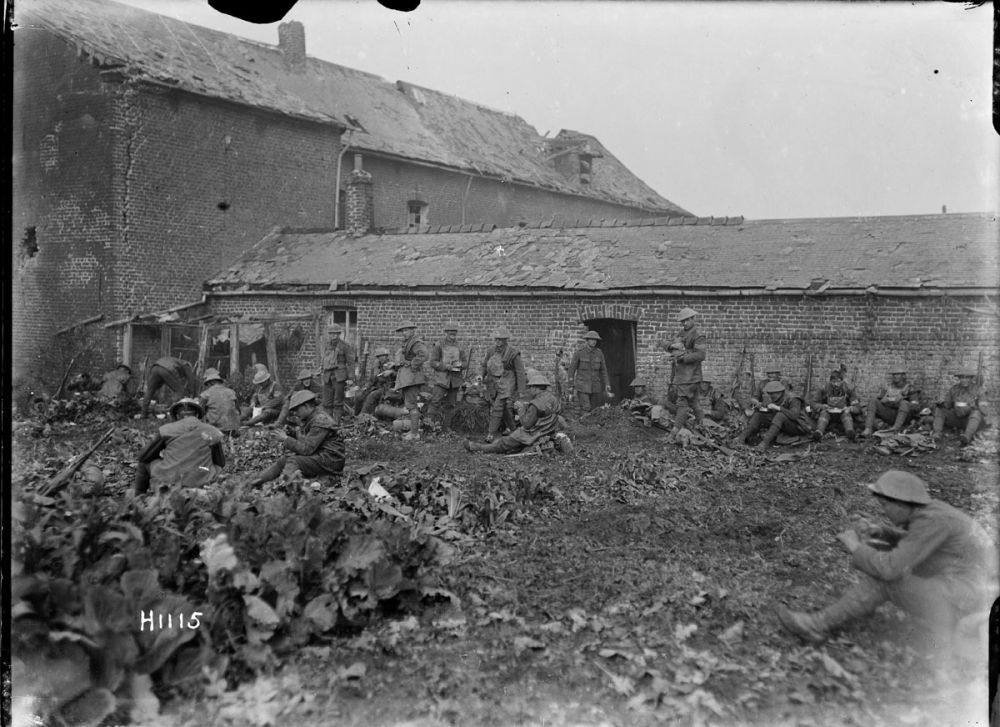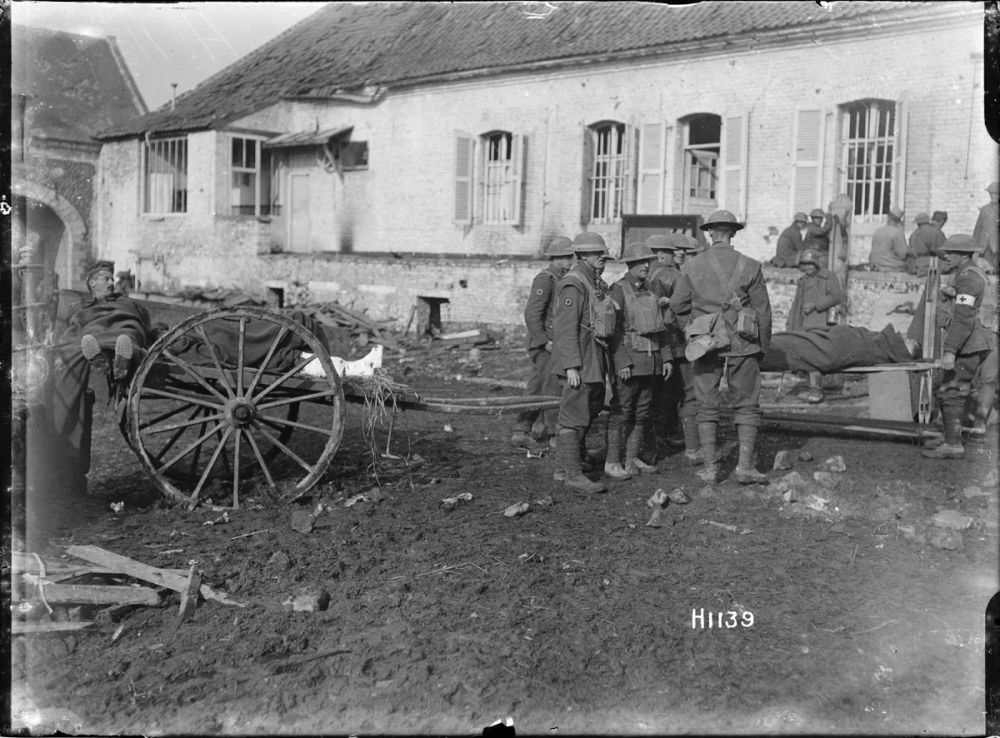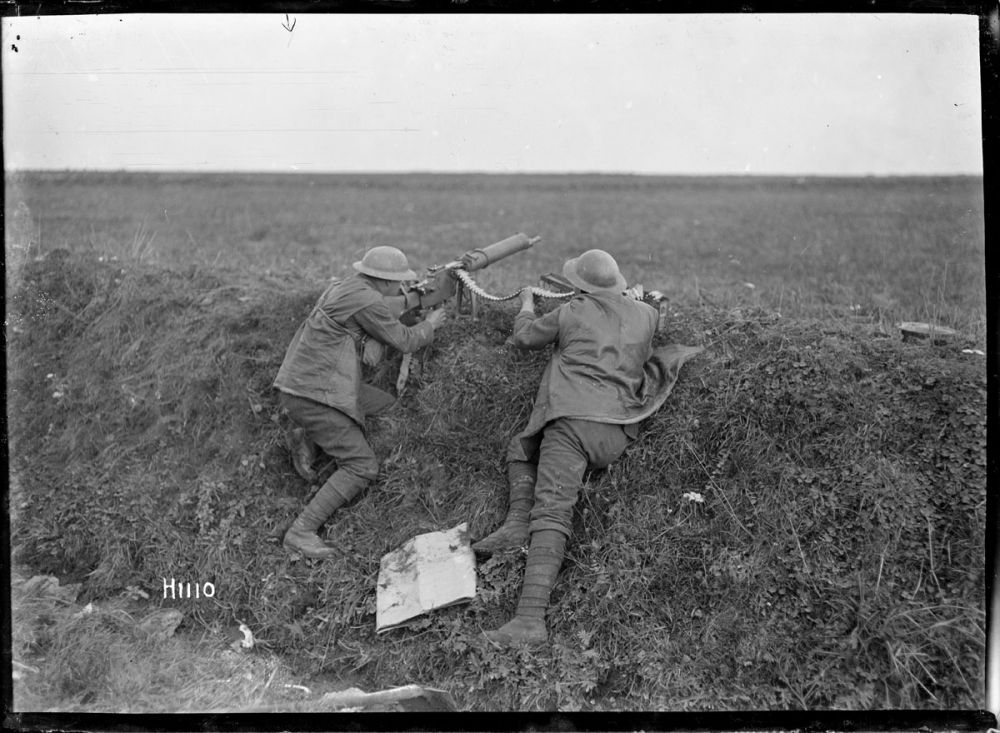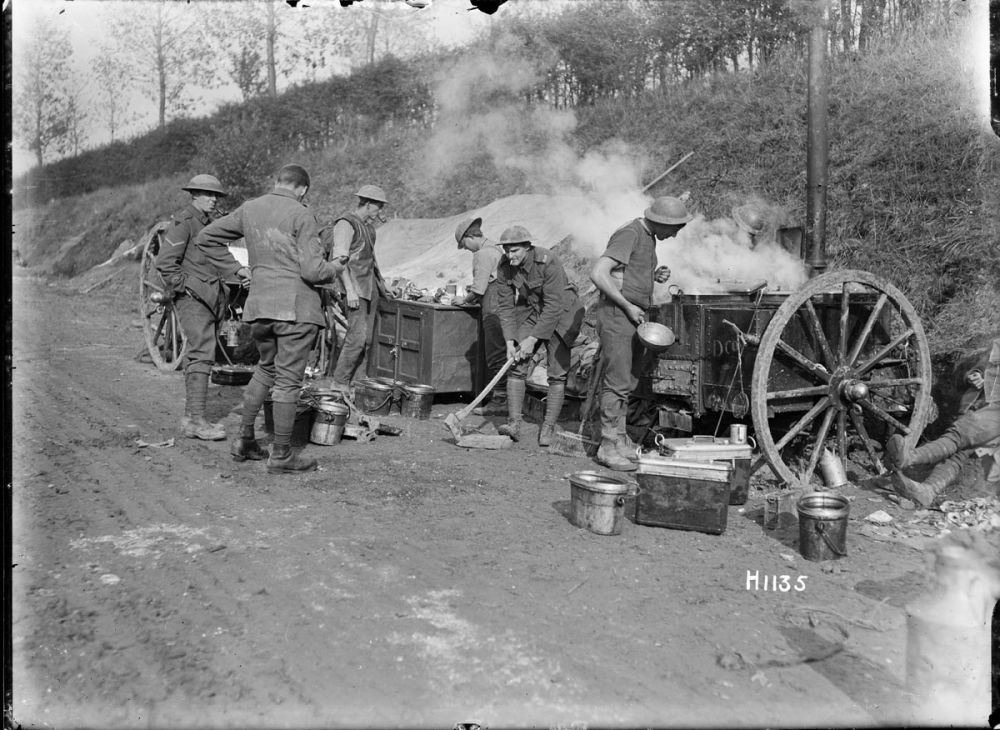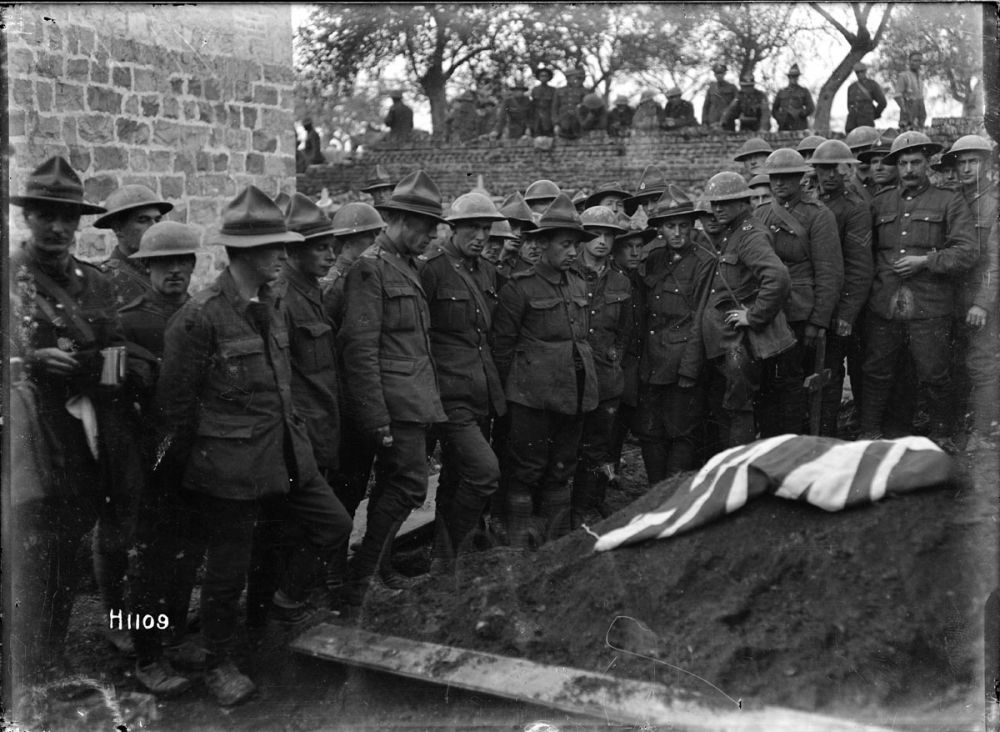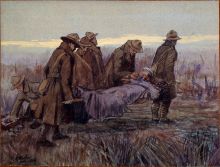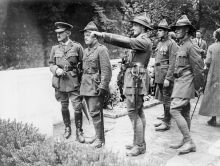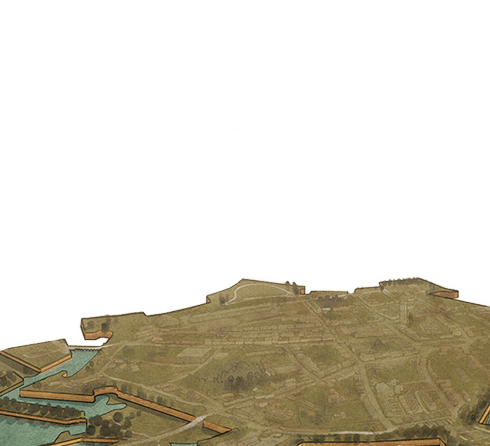Beaudignies
You’re standing on the edge of the small village of Beaudignies next to the tiny Ecallion stream. 23 October 1918 was a successful day for the New Zealand Division. It had advanced from Solesmes, pushing the Germans back, and snuffing out any resistance as they came. The British armies in France were on a roll, and Haig was pushing his army commanders to keep going - and keep the Germans off-balance. The German withdrawal, now started to fall apart.
By October, the British, including the New Zealanders, had broken through the Hindenburg line - and were advancing towards the Belgian frontier. Germany was exhausted and the German Army was now reduced to old men and young boys. Companies were down to 30 or 40 men, and there was now only one team of horses for every three guns in their artillery. Supplies were severely stretched, and morale was low, with desertions more and more common - it was increasingly obvious that they could not win this war. The Germans, facing the New Zealanders, fell back on the old fortress town of Le Quesnoy.
Here, late in the afternoon, on 23 October the 2nd Canterburys reached this bridge. The leading infantry ran into a German patrol at the corner ahead of you - there was a burst of fire and the New Zealand sergeant leading the patrol was killed. The dead man was Sergeant Henry James Nicholas, Victoria Cross and Military Medal winner. Again, it was these experienced NCOs who took the lead and in this case paid the price.
The New Zealand Division pushed on towards the next obstacle which was the German-held town of Le Quesnoy.


